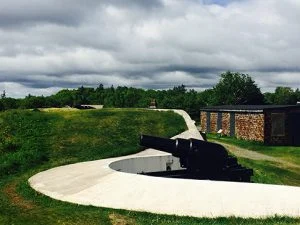The brewmasters at Howe Sound Brewing turn their talents at this time of year to the creation of a special release for Eagle Watch and the Brackendale Eagle Festival. The last one? The Bald Eagle Session IPA, with bright fruit aromas and notes of fresh pine. Even if they’ve run out, you can find something to your liking at this established craft beer maker, with Squamish-centric beers on tap and a cozy pub to boot. Cheers to the eagles!
Beyond the beauty
While bald eagle numbers have recovered since the United States and Canada banned the use of DDT pesticides (the chemical caused eagles to lay eggs with thin shells, resulting in a population crash), the species is still not completely in the clear. The biggest threat, again?
“Humans,” says Dr. Judith Knapp, a long-time volunteer with Squamish EagleWatch. The list of hazards comes easily to her: pollutants in the water, sea lice from fish farms infecting salmon fry, drone use scaring the birds, declining salmon populations. “Without salmon, you’re not going to have eagles.”
It’s a sign that at a recent annual count, the greatest numbers of eagles were spotted feeding at the dump, not at the traditional salmon streams. All these factors add up, Knapp says, noting that only one eaglet in 10 reaches adulthood. But it’s her passion for these unique raptors that continues to motivate her efforts and the volunteers of EagleWatch.
“They’re just not like other birds,” she says. “They fly so fast. They’re independent. They’re very passionate about their young and their mate. They’re just awesome!”









